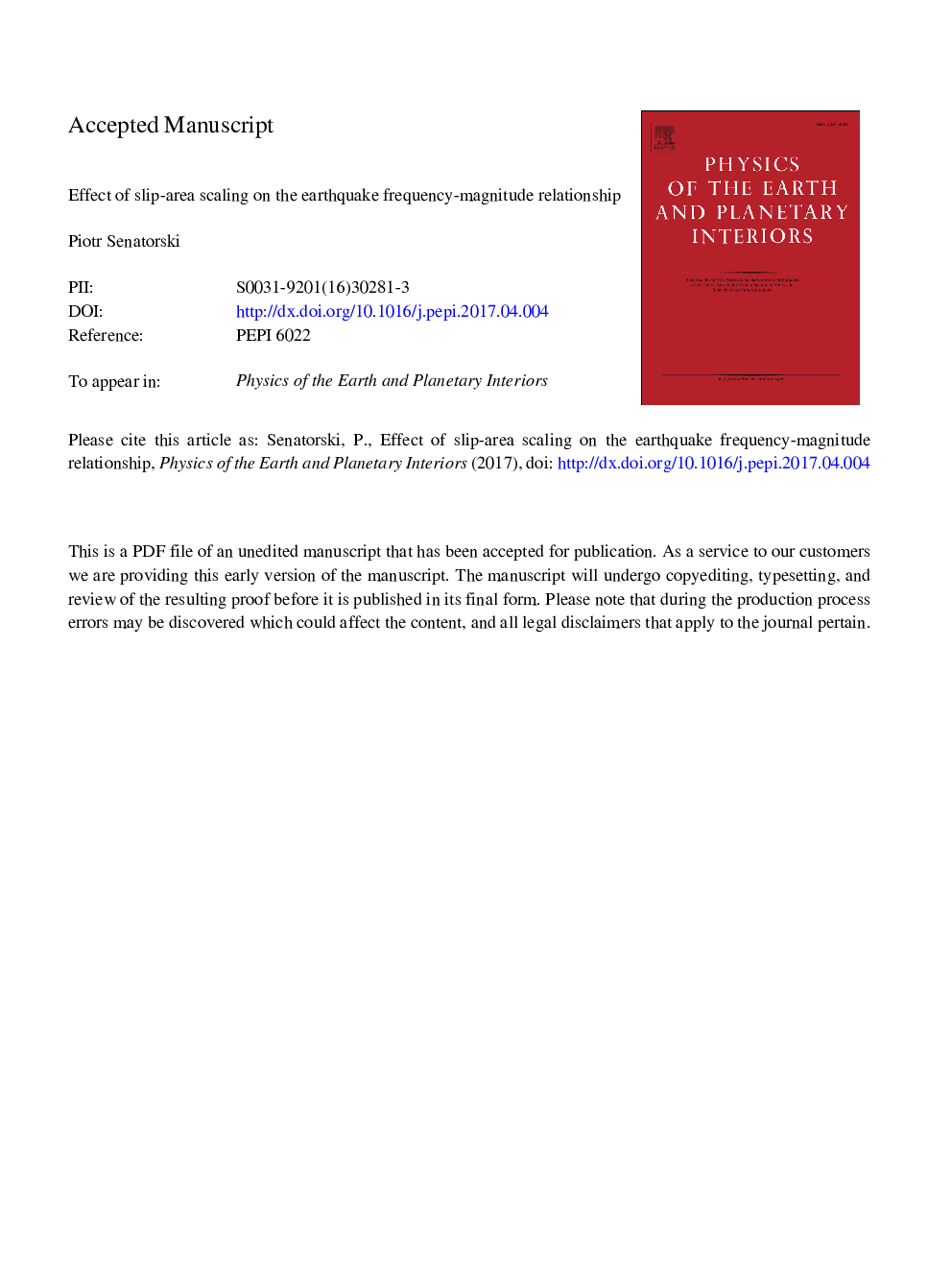| Article ID | Journal | Published Year | Pages | File Type |
|---|---|---|---|---|
| 5787345 | Physics of the Earth and Planetary Interiors | 2017 | 44 Pages |
Abstract
The earthquake frequency-magnitude relationship is considered in the maximum entropy principle (MEP) perspective. The MEP suggests sampling with constraints as a simple stochastic model of seismicity. The model is based on the von Neumann's acceptance-rejection method, with b-value as the parameter that breaks symmetry between small and large earthquakes. The Gutenberg-Richter law's b-value forms a link between earthquake statistics and physics. Dependence between b-value and the rupture area vs. slip scaling exponent is derived. The relationship enables us to explain observed ranges of b-values for different types of earthquakes. Specifically, different b-value ranges for tectonic and induced, hydraulic fracturing seismicity is explained in terms of their different triggering mechanisms: by the applied stress increase and fault strength reduction, respectively.
Keywords
Related Topics
Physical Sciences and Engineering
Earth and Planetary Sciences
Geophysics
Authors
Piotr Senatorski,
